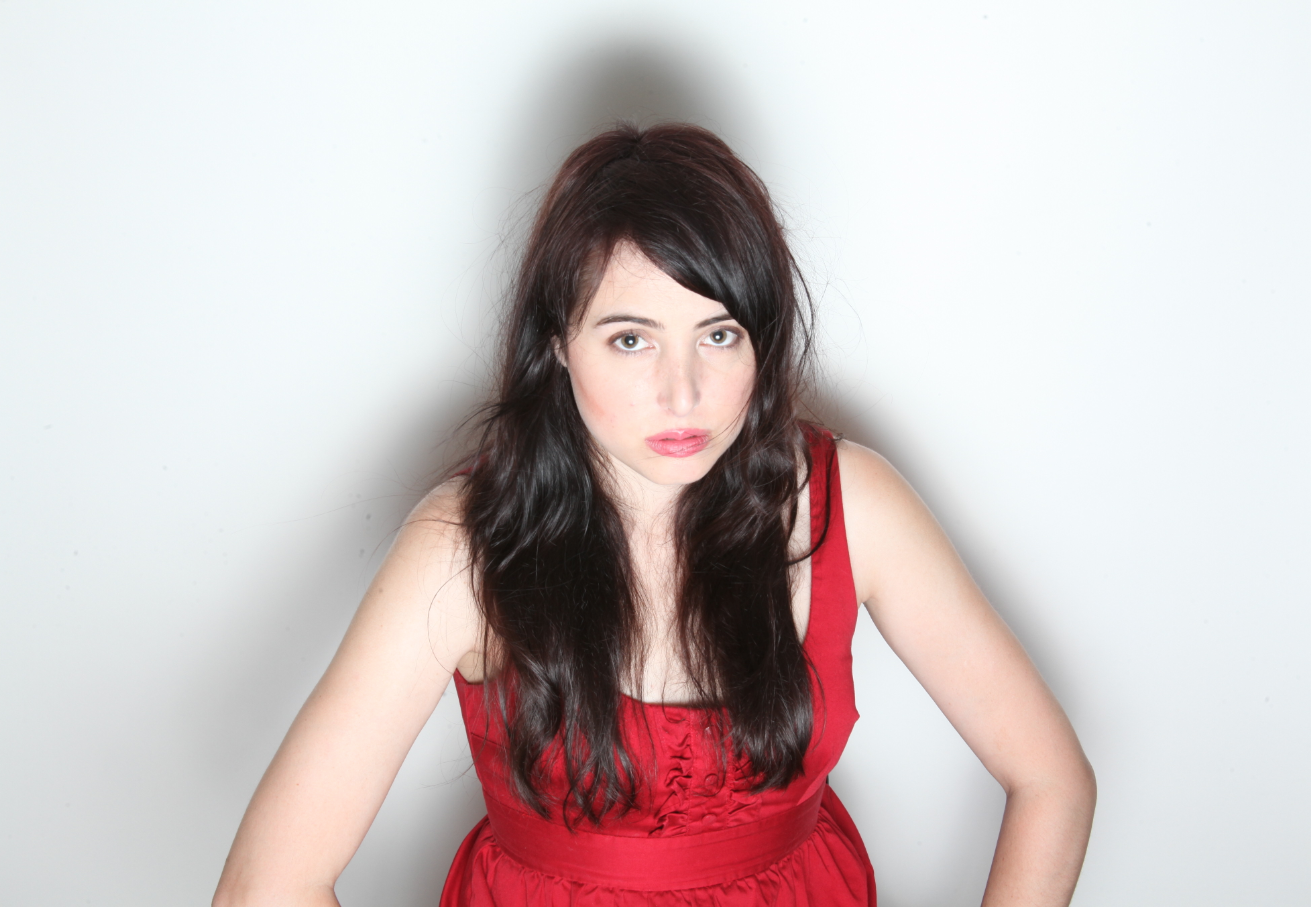Body Positive Artist Has an Important Reminder About Eating Disorders

By:
A body positive illustrator and artist from Sweden is raising awareness about another side of eating disorders.
As Jovanna Radic Eriksson wrote in an Instagram post on Monday, "This text is about eating disorder[s]. Read only if you want to (of course)."
Her message begins with how a diet turned into an unhealthy obsession.
"I'm now aware of how my obsession with [a] low carb diet turned into an eating disorder," she writes. "It was really bad, and still is a struggle. I will never ever eat only LCHF (low carb high fat) ever again. Ever. I'm [sic] rather [be] big than having a severe eating disorder."
And that's when she raises an important point: "And yes you can have an eating disorder without being thin."
As The Alliance for Eating Disorders Awareness posted, this is an eating disorder myth. In reality, "it is difficult to predict whether or not someone has an eating disorder because not all eating disorders are determined by the size and weight of a person," they note. "An eating disorder is not always easy to detect based on weight."
For example, "bulimics tend to be at an average, or even above average, weight. Compulsive overeaters are typically overweight rather than underweight."
The inverse is true as well of course: Not every thin person is thin because they have an eating disorder.
There are many different types of eating disorders beyond anorexia, which has the "highest fatality rate of any psychiatric disorder," Eating Disorder Hope writes. And as National Eating Disorders Association (NEDA) notes, there are binge eating disorders, Bulimia Nervosa, and "Other Specified Feeding or Eating Disorder[s], Described as Eating Disorder Not Otherwise Specified" — also known as EDNOS.
Types of disorders that may fall into EDNOS can include, according to NEDA, "Atypical anorexia nervosa (weight is not below normal)" and "Night eating syndrome (excessive nighttime food consumption)."
There's also disordered eating, which by itself, isn't necessarily the same thing as an eating disorder, but can be indicators of one, or present its own struggle. The Diagnostic and Statistical Manual of Mental Disorders defines disordered eating as "a wide range of irregular eating behaviors that do not warrant a diagnosis of a specific eating disorder." Sometimes these fall under the EDNOS umbrella.
This is why you cannot diagnose a person with an eating disorder simply by looking at them.
"People can have eating disorders and be of normal weight or overweight," Laura Discipio, executive director of the National Association of Anorexia Nervosa and Associated Disorders told Live Science in 2012. "So weight and body size are not the only predictors. Really, you want to look at behaviors and attitudes."
And, as Jovanna writes further down in her post, an eating disorder isn't only about the physical, but is about the mental — those "behaviors and attitudes" — as well:
"My anxiety and eating disorder level became the highest ever in my life ... So every time someone is talking about health they might not think about the opposite – mental illnesses. Which is much more dangerous for me than being big."
You can read Jovanna's full post here.
